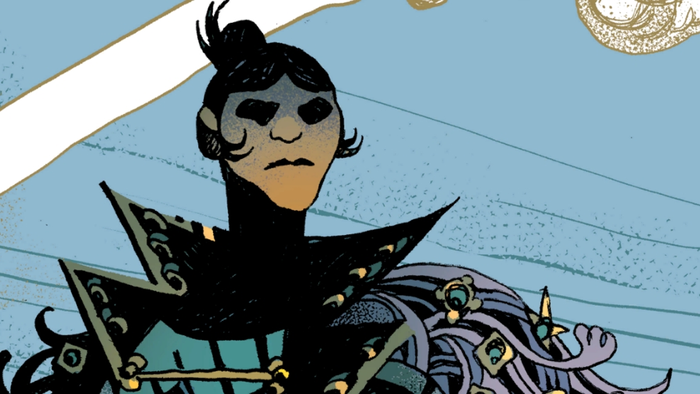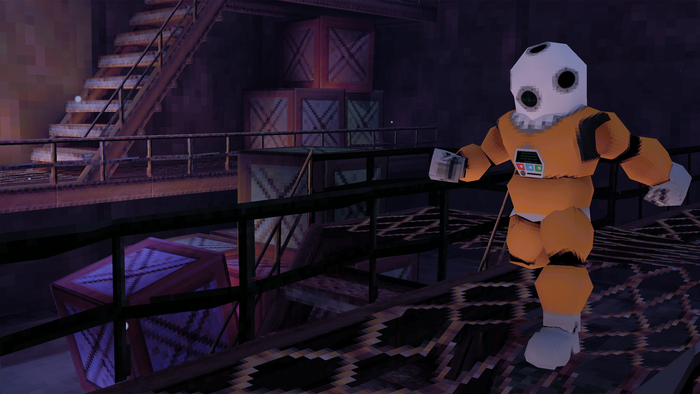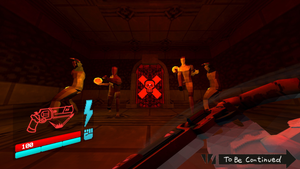Lee Winder reviews demo reels of job applicants at Blitz Games Studios, and in a new feature article on GameCareerGuide.com, he shares his insider tips on how to wow the hiring committee with a <a href="http://www.gamecareerguide.com/features/655/how_to_m

Lee Winder reviews demo reels of job applicants at Blitz Games Studios, and in a new feature article on GameCareerGuide.com, he shares his insider tips on how to wow the hiring committee with a great game programmer demo reel. “I started my career in the games industry straight out of university back in 2001,” writes Winder, “so I know what it’s like to worry about what games companies would expect of me and what I should do to show them I’m the right candidate for the job.” The advice in the article begins with what should and should not be in a game programmer job applicant’s portfolio, and then continues to describe a few best practices for presenting the materials. Winder also reminds entry-level candidates that applicants for a junior programmer seat are not expected to present games that are as playable as Halo nor as polished-looking as Crysis. In fact, the way to make one’s demo reel stand out is to include much simpler things, like pause screens, high score tables, and loading screens, elements that can make even a small game, like an Asteroids clone, seem totally finished. Other elements of game demos that make an applicant stand out, according to Winder, are special effects, a 3D game with 3D characters, and a turn-based strategy game (bonus points for making a turn-based strategy game in a 3D environment). Winder explains further: “Junior programmer applicants do not need – and are not expected -- to have games that are huge and that take months to complete. Those who concentrate on creating smaller and more manageable demos are more likely to have impressive range work than those who over-stretch themselves and create a host of mediocre work. Every game programmer applicant needs to have a set of complete games. And a complete game is just that -- something that has the flow of a full game, from the menus to the game and back out again. … In an ideal job candidate, all the content I’ve discussed so far will have been made outside the university curriculum, so graduates will also be able to show the work they completed in their academic programs. In all likelihood, the quality of this work will be high, too, and thus suitable for the portfolio.” To read Winder’s complete advice, which also includes a link to a series of critiques Winder conducted of the works of five junior programmers whose portfolios are available online, see the article, “How to Make a Game Programming Demo Portfolio,” on GameCareerGuide.com.
About the Author(s)
You May Also Like









